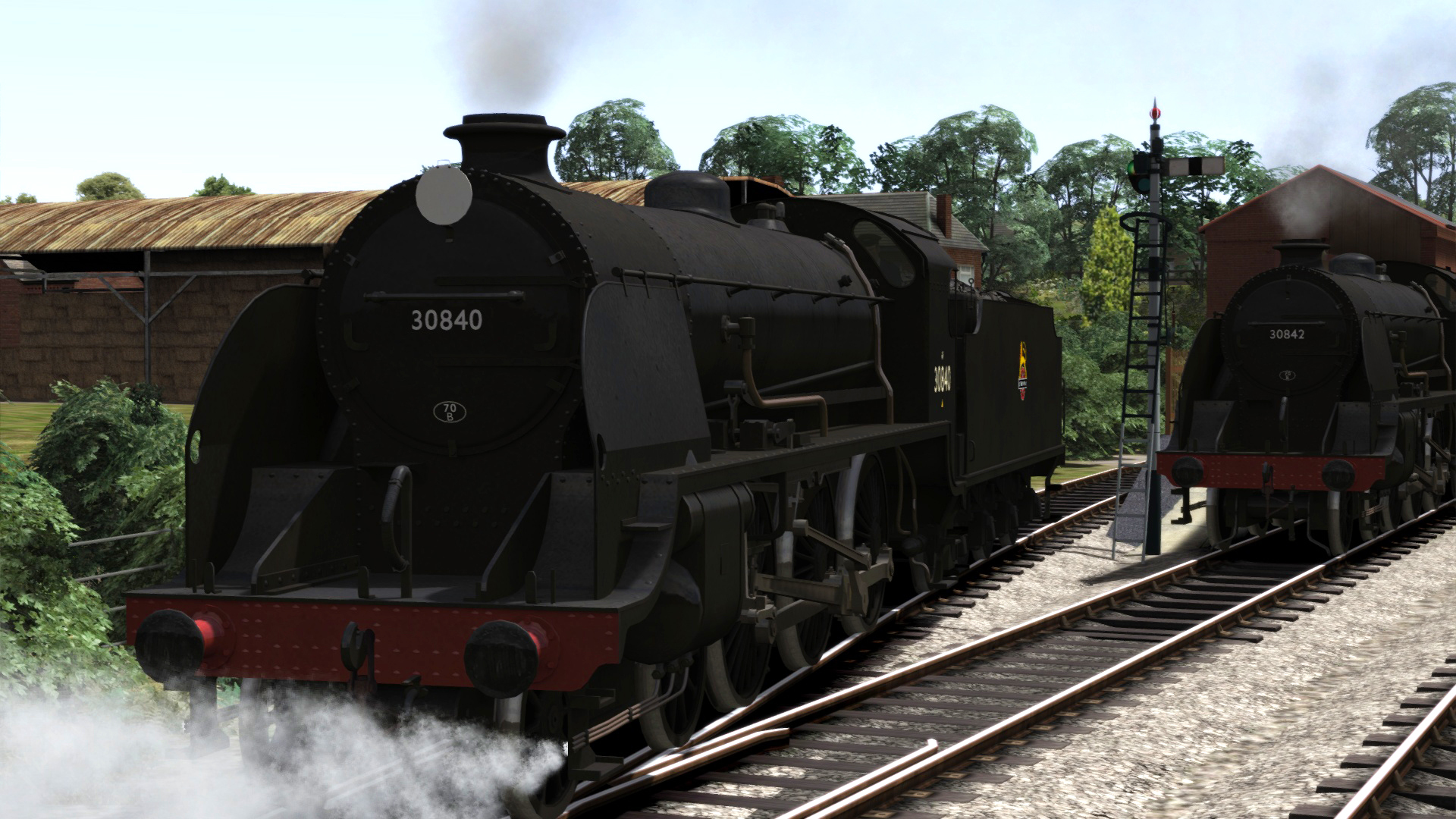
May 18, 2017
Train Simulator Classic 2024 - contact@rockpapershotgun.com (Brendan Caldwell)

Giant flying machinery simulator Flight Sim World [official site] has taken to the early access skies today. Will it soar and glide like a divine condor, or will its engine splutter and crash like a divine condor that has suddenly died of a heart attack? With metaphors like this, who can say. It s from Dovetail Games, the makers of the Train Simulator series, responsible for the swarms of train-based DLC you often see on the Steam storefront. Our Alice once said that Train simulator is one of those fascinating games where people who ve played it for hundreds of hours will tell you it s awful . So it is hard to judge how their journey into the air might turn out. … [visit site to read more]
























